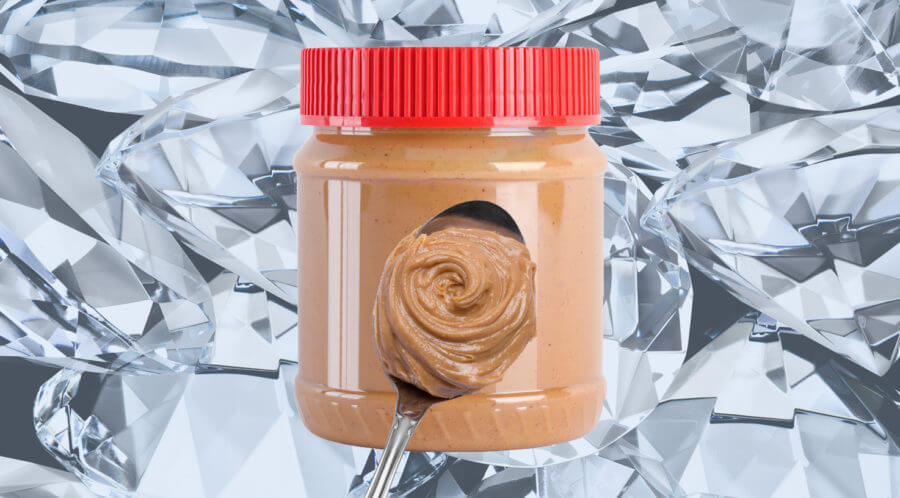When you think about it, and I mean really think about it, our food system is fascinating. We scarf various foods down every day without questioning where they came from or what they’re made out of. And sure, food is fuel. It gives us the energy to go about our day. But do we really know what’s going on behind the scenes?
According to the U.S. Department of Agriculture, Americans eat roughly 1,996 pounds of food per year. That number is hard to swallow, right?
If you crunch the numbers further, that comes out to nearly 630 pounds of milk, cheese, yogurt, and ice cream per year! And that’s hardly the most surprising food fact. Whether your go-to snack is a bag of Reese’s or a plate of carrots and hummus, the following food facts will surely throw you for a loop.
Food Fact #15: In the 1800s, people thought ketchup had medicinal qualities.
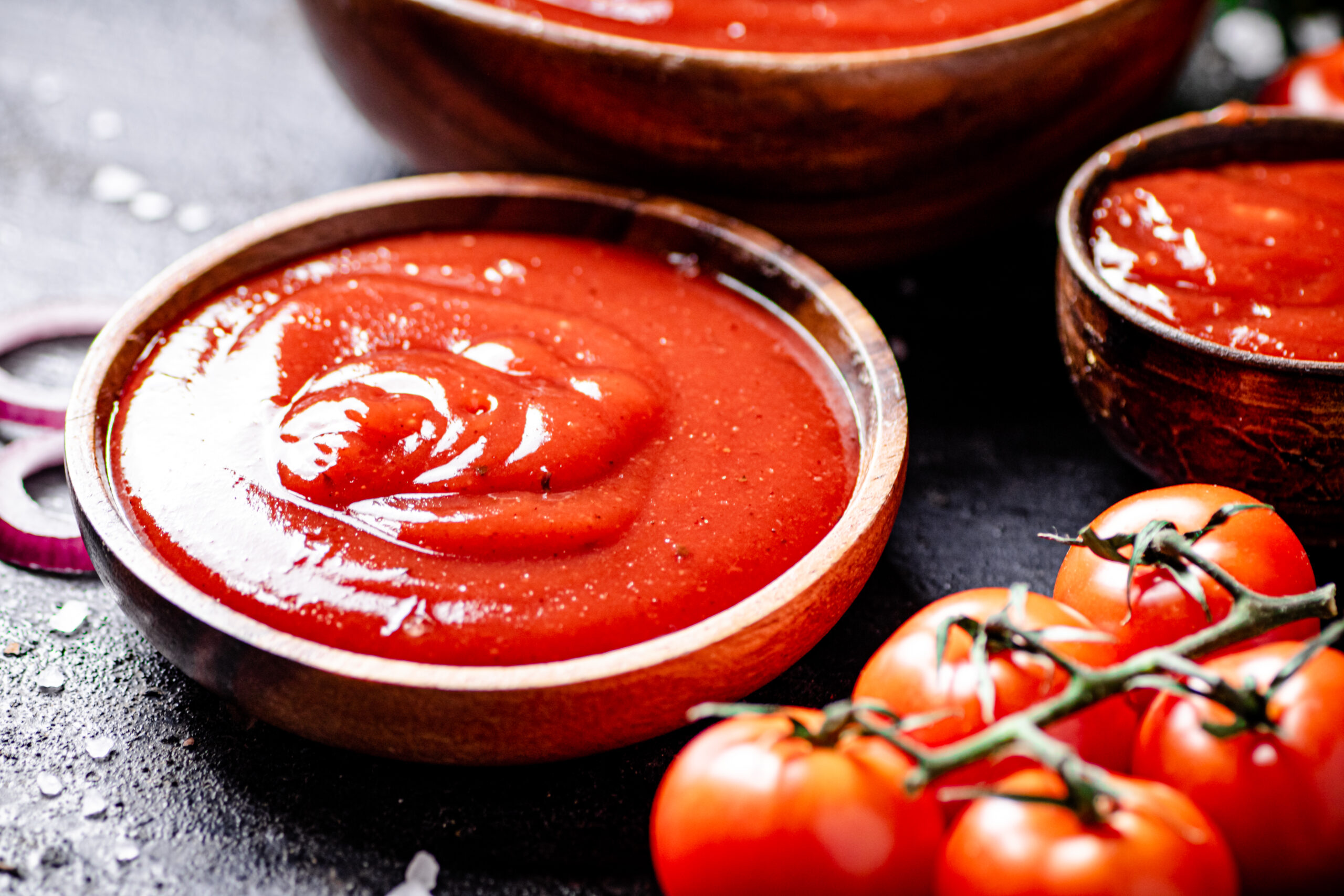
In 1834, a doctor named John Cooke Bennet added tomatoes to ketchup.
Surprise! Ketchup wasn’t always made with tomatoes. The condiment used to be a concoction of mushrooms or fish. Adding tomatoes to the mix gave the secret sauce a hearty mix of vitamins and antioxidants. Consequently, Bennet created a ketchup recipe and claimed it could cure everything from diarrhea to jaundice. He even had a pill salesman who transformed his ketchup recipe into pills! But in 1850, people realized the sauce wasn’t as medicinal as they originally believed.
Food Fact #14: Those random bottles of ranch dressing and coffee creamer in your fridge could contain titanium dioxide.
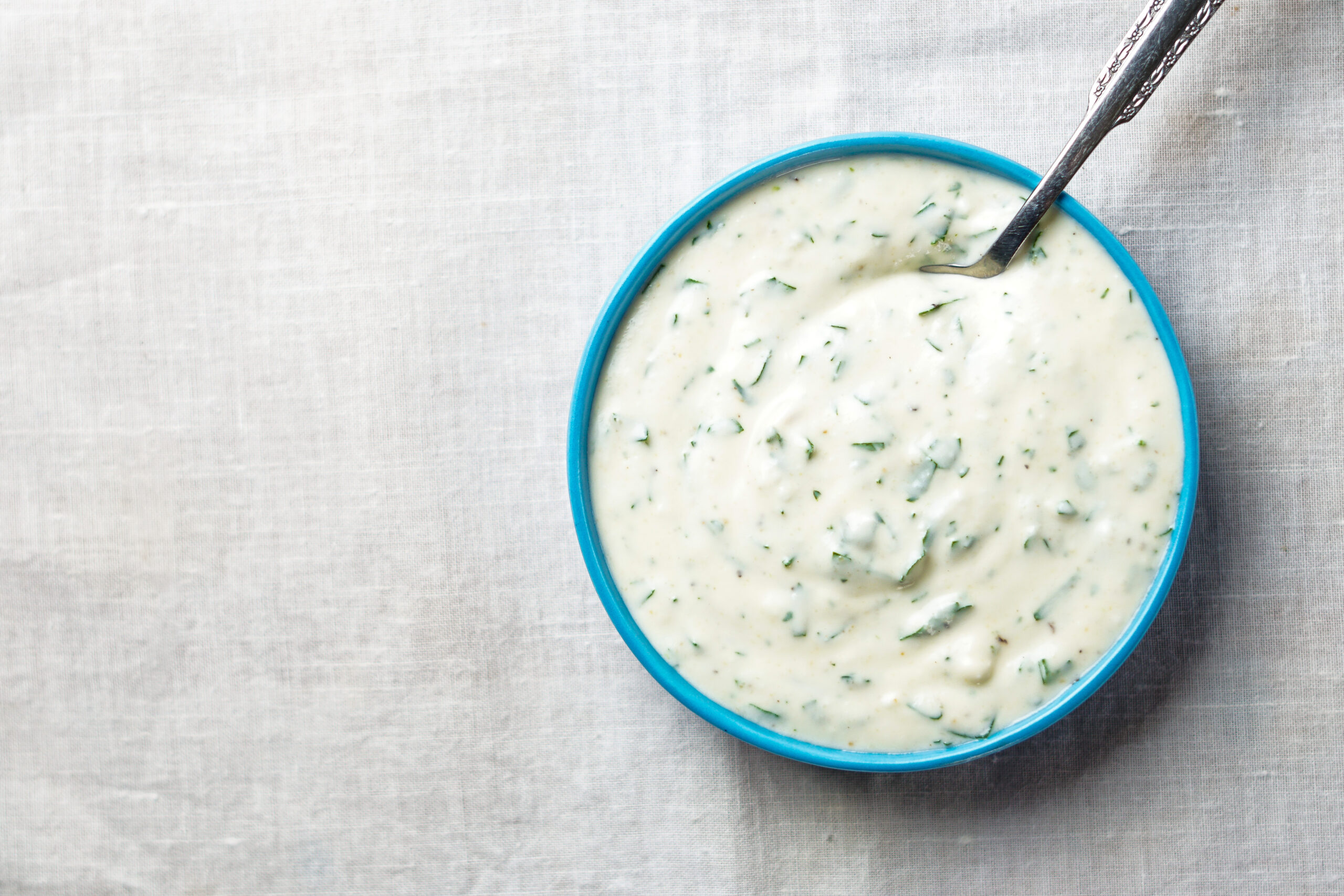
Titanium dioxide, for those of you who don’t know, is found in plastic, paint, and sunscreen.
In fact, titanium dioxide is a food additive that’s commonly used in coffee creamer, ranch dressing, powdered sugar, and icing. It’s often used to make white items appear whiter, which is why it’s also on the ingredient list for laundry detergent, paint, and sunscreen.
Although the FDA considers titanium dioxide “safe,” new research links the additive to inflammatory bowel diseases.
Food Fact #13: Scientists found a way to turn peanut butter into diamonds.
Talk about a fancy spread!
According to Popular Mechanics, a little bit of pressure and a lot of heat can convert a simple scoop of Skippy peanut butter into condensed carbon, otherwise known as diamonds. In hopes of mimicking the conditions deep inside the Earth, Dan Frost, a scientist in Germany, contrived a plan. He found a way to replicate the crystalline structures that are believed to layer the lower mantle of the Earth. During his experiment, Frost discovered that when exposed to immense pressure, the carbon dioxide in the peanut butter creates artificial diamonds. The scientist noted:
A lot of hydrogen was released that destroyed the experiment, but only after it had been converted to diamond.
Food Fact #12: Gummy snacks and many vehicles are coated in the exact same type of wax.
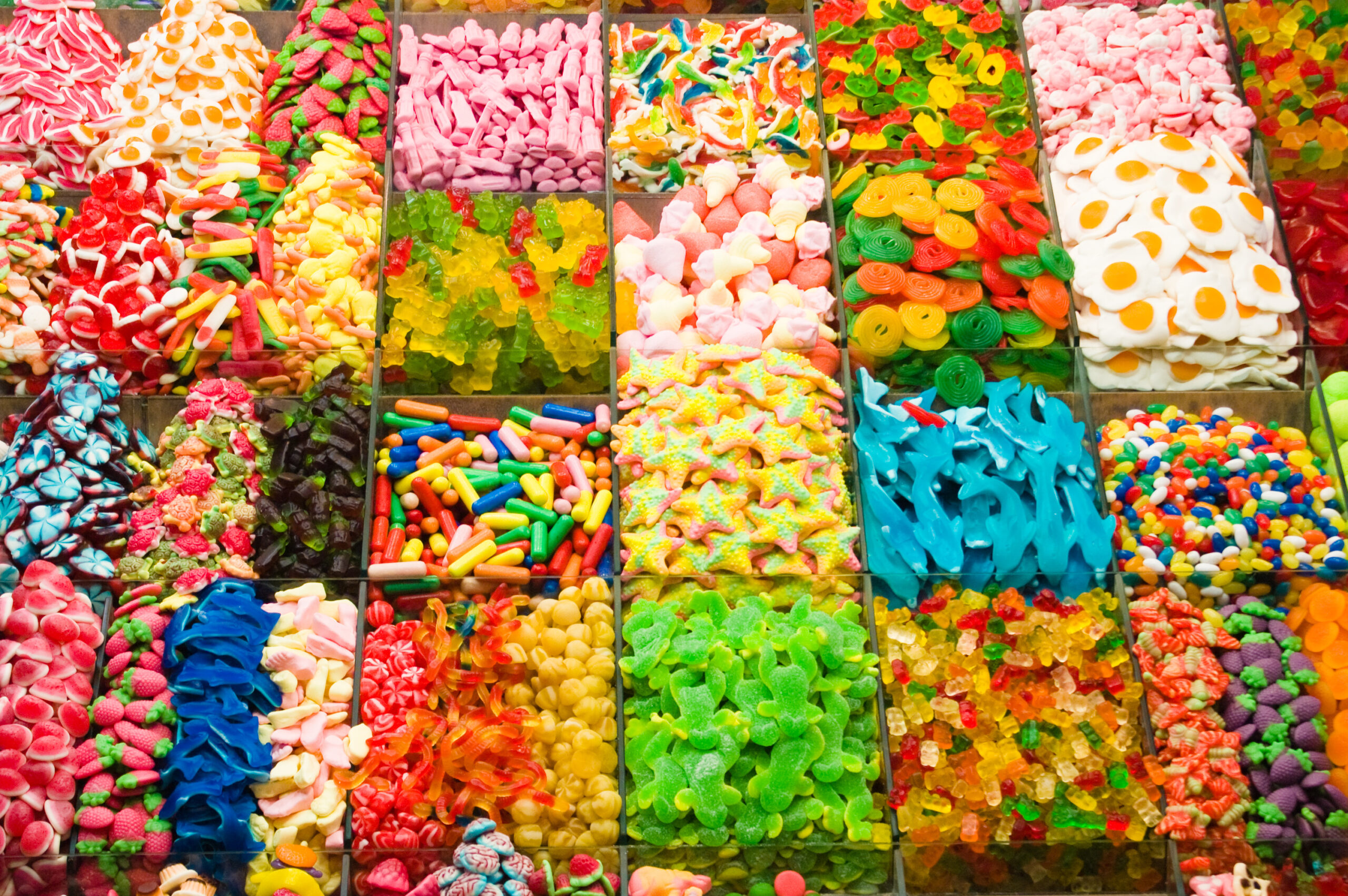
We probably shouldn’t be eating fruit snacks.
Who didn’t love fruit snacks in elementary? In fact, who doesn’t still enjoy one or two even in adulthood? The multi-colored treats typically have very intense ingredient lists, though. The average fruit gummy contains corn syrup, sugar, modified corn starch, a list of other kind-of normal ingredients, and carnauba wax.
This is the same wax that’s used to give cars, shoes, surfboards, and dental floss (among other things) their glossy sheen.
Food Fact #11: The invention of the popsicle was an accident.
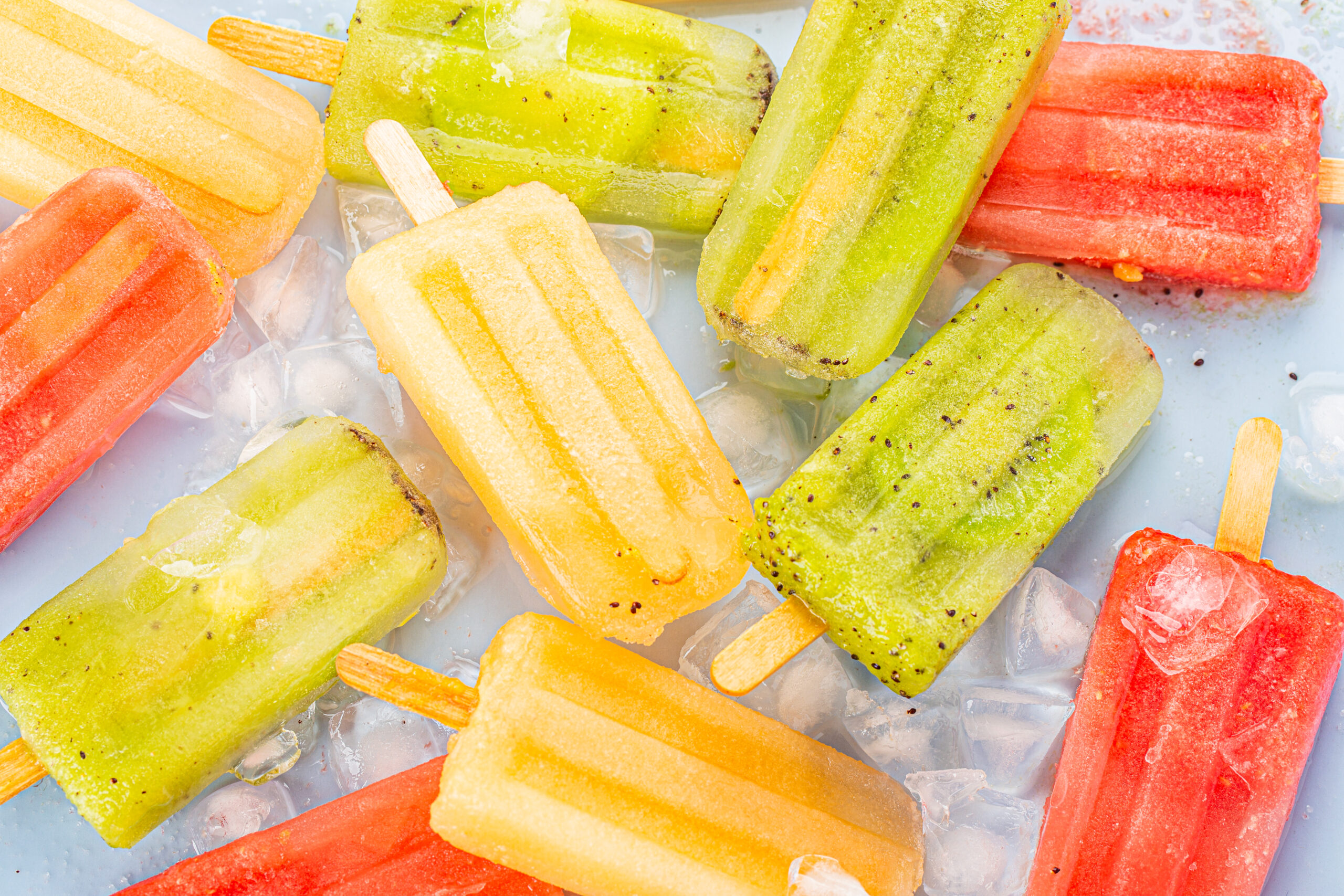
And it was created by an 11-year-old boy.
According to NPR, an 11-year-old boy named Frank Epperson left a mix of water and soda in a cup outside overnight. Delighted to find that his soda had frozen by morning, he ate it without qualms. Epperson called his invention the “Epsicle” and started selling it during the summer in San Francisco, CA. When Epperson grew up to have children of his own, they called his treat a “Pop’s Sicle” or “Popsicle.”
Food Fact #10: Farm-raised salmon isn’t actually pink.
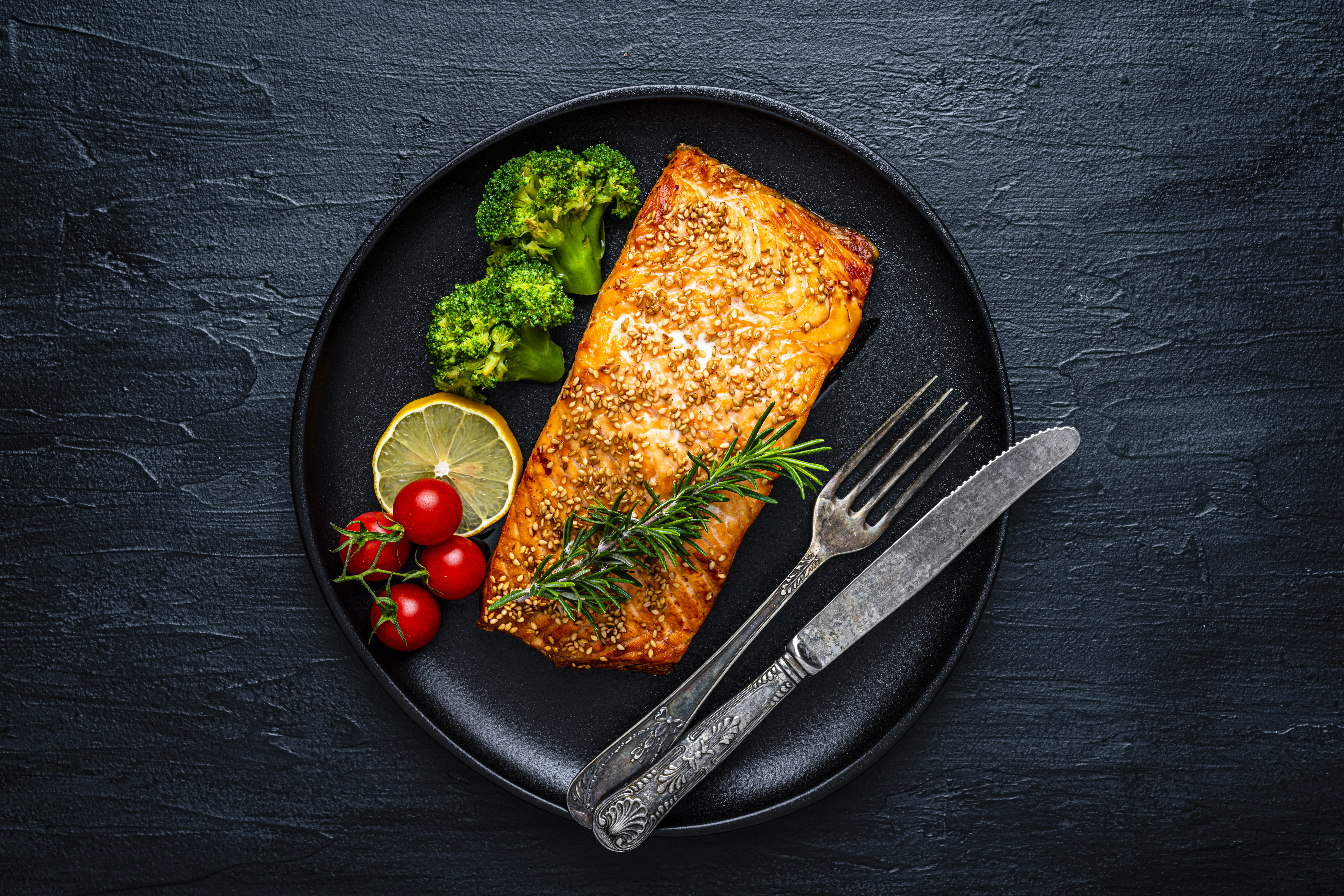
It’s dyed.
While wild salmon is naturally pink, farm-raised salmon is a different story. In order to give farm-raised fish that oh-so-appealing pink hue, salmon farmers add carotenoids (plant pigments) to their food. The color distortion occurs because farm-raised salmon are naturally gray. And most, if not all, shoppers look for a pinky hue when buying salmon.
Food Fact #9: The red food dye used in Skittles is made from boiled beetles.
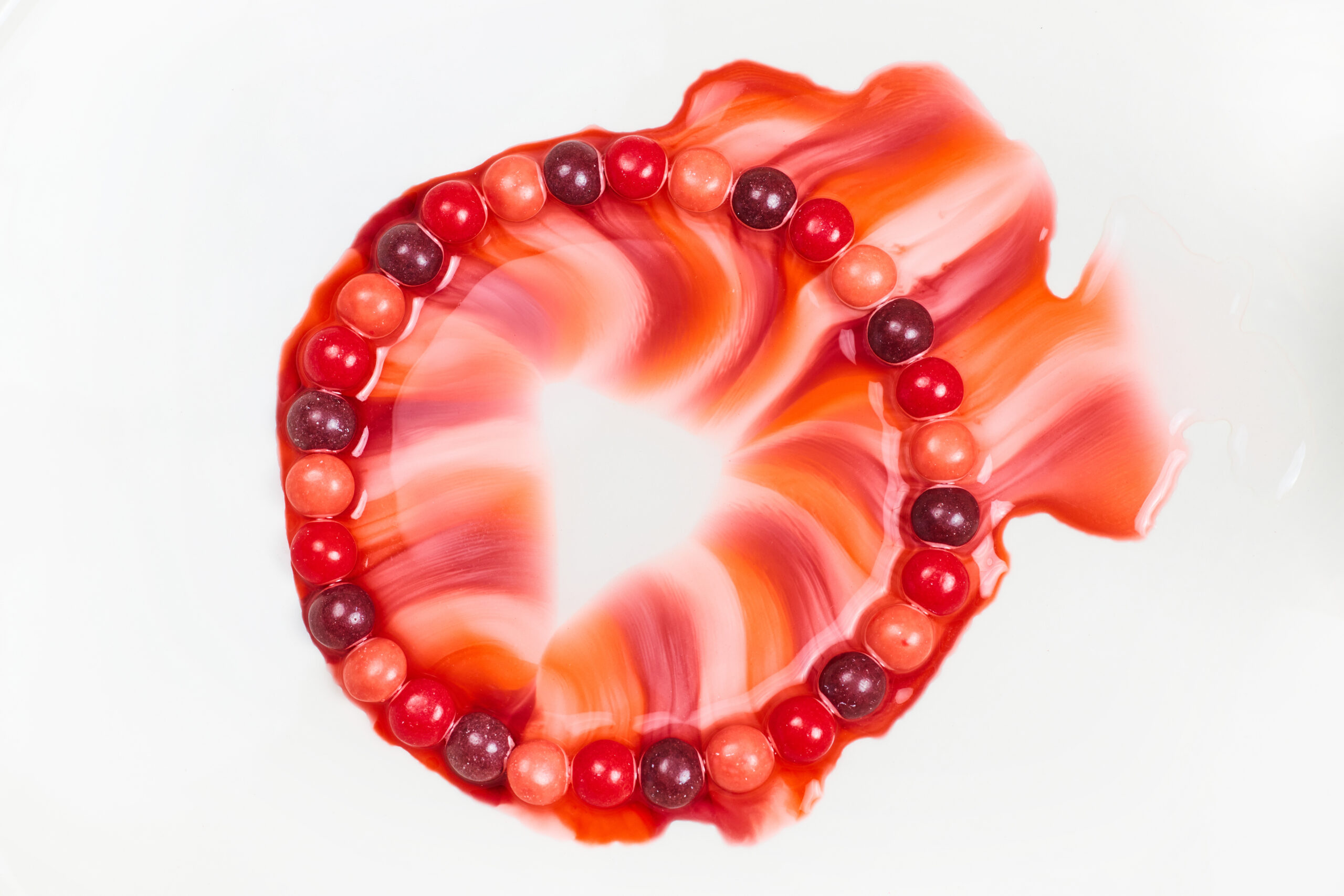
And now, Skittles are ruined forever.
Carmine (commonly referred to as carminic acid) is a red food dye that’s used in maraschino cherries, Skittles, raspberry, strawberry-flavored snack foods, and, in some cases, lipstick. The worst part? Carminic acid is made from the crushed corpse of a beetle – the Dactylopius coccus, to be more specific. Yuck!
Food Fact #8: Flamin’ Hot Cheetos were invented by a janitor.
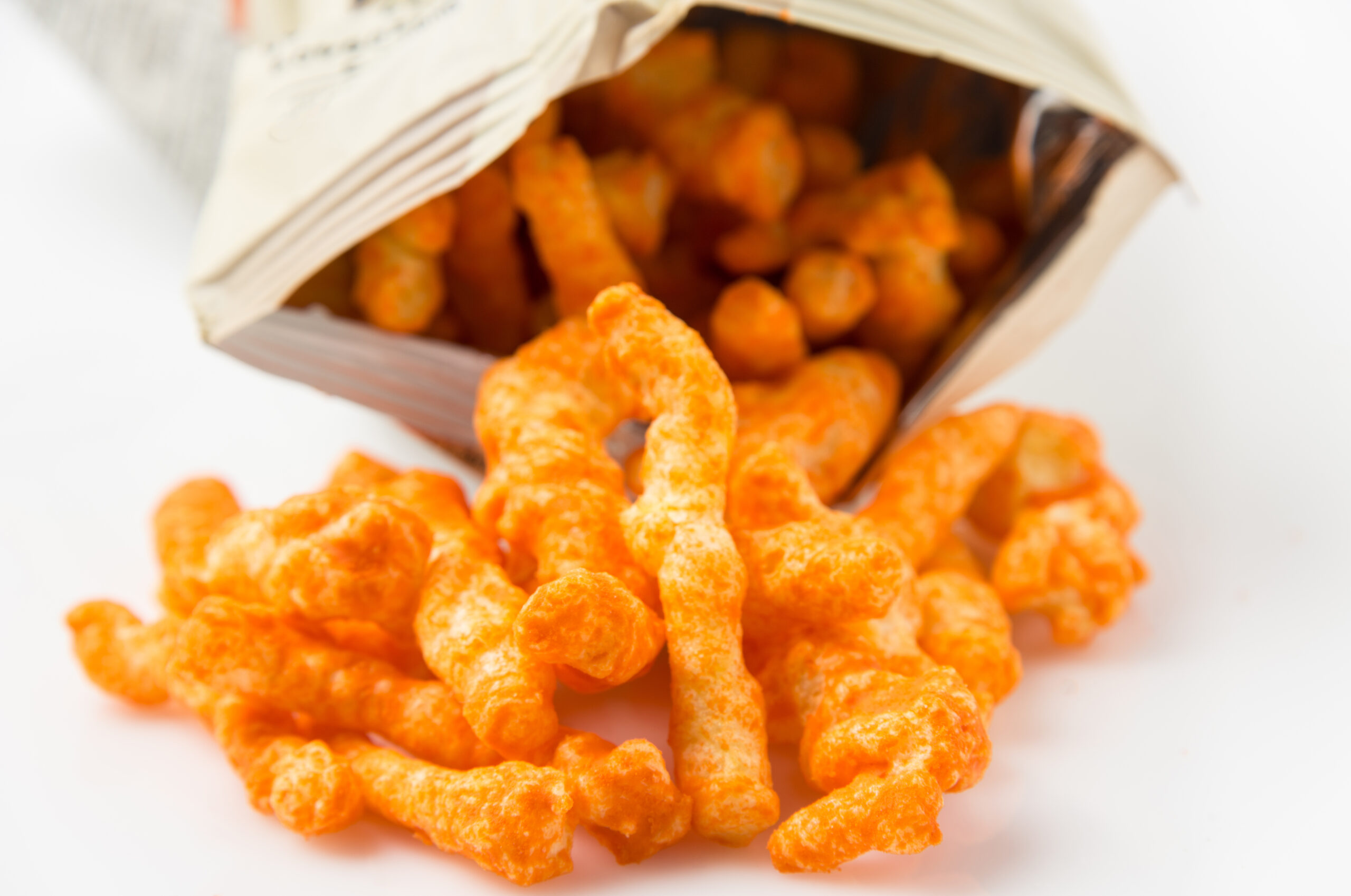
And he became an executive VP at PepsiCo.
In 1976, Richard Montanez pitched his idea for Flamin’ Hot Cheetos to Frito-Lay’s CEO. At the time, Montanez worked as a janitor at the Frito-Lay plant in Rancho Cucamonga, CS. And he got the idea while eating a Mexican favorite, elote (grilled corn on a stick).
Montanez immediately went home to tell his wife that Cheetos should have the same spicy flavor. She then helped him come up with the perfect seasoning. Montanez presented his idea to the board just two weeks later.
Food Fact #7: Cilantro and fresh coriander come from the same thing.
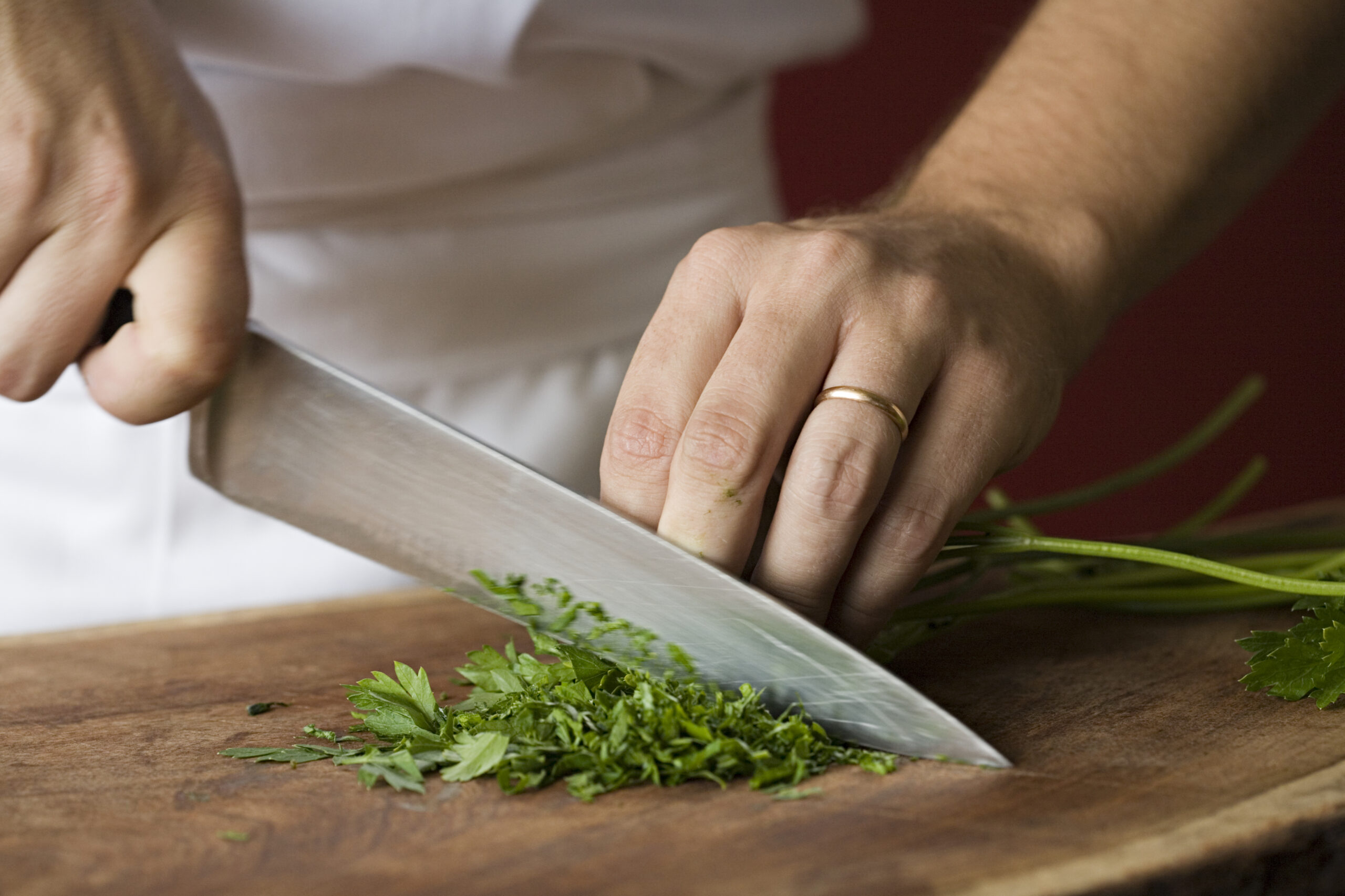
That’s right. You can thank the plant, Coriandrum sativum, for many of your perfectly seasoned foods.
Even so, coriander and cilantro are quite different. Moreover, you’ve probably heard that some people vehemently hate cilantro. Apparently, though, there is a biological reason they can’t stand the herb. According to a genetic survey conducted by researchers at Cornell University, some people have a specific gene (the OR6A2 gene) that causes them to detest the taste of cilantro.
Food Fact #6: McDonald’s Chicken McNuggets come in four distinctive shapes.
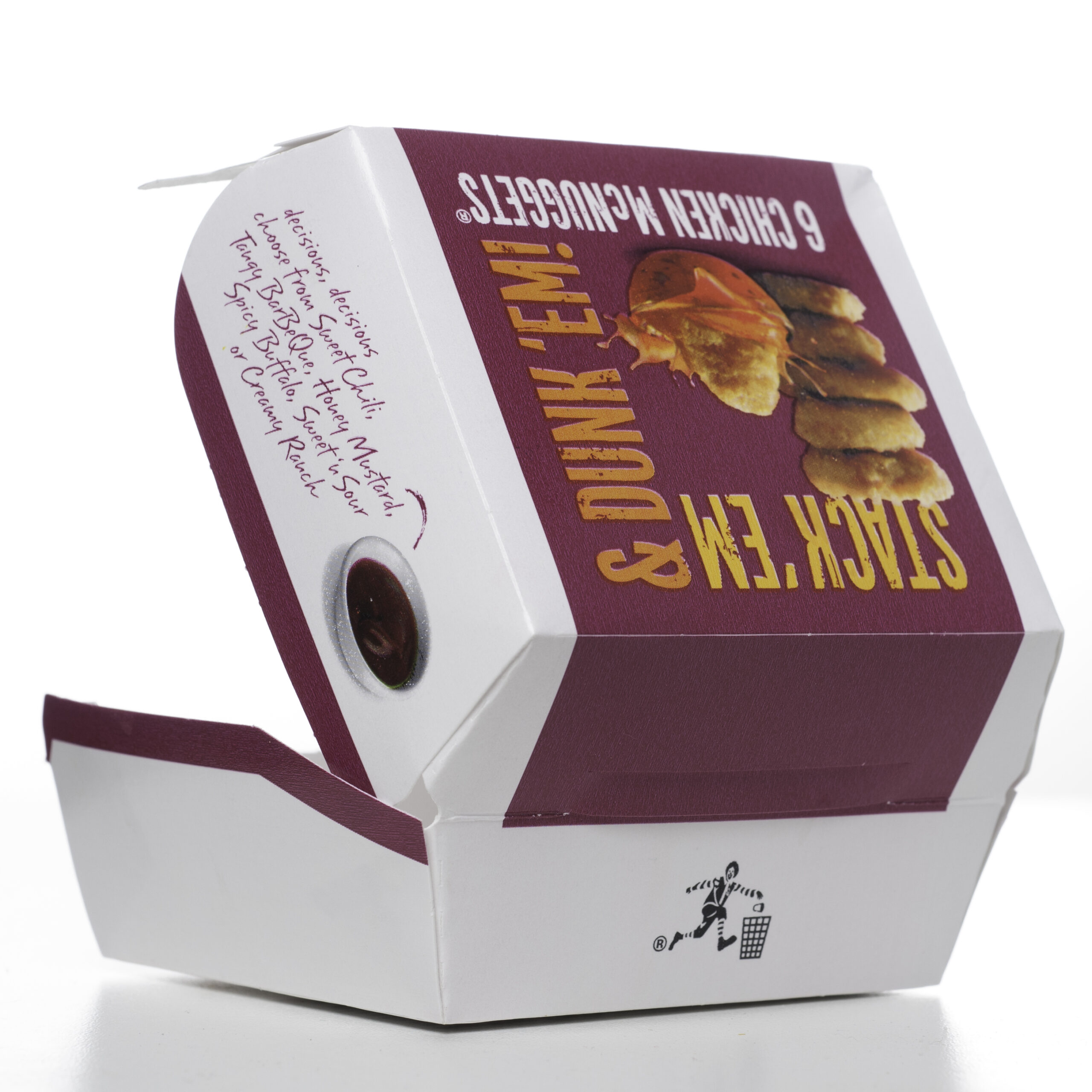
The ball, the boot, the bow-tie, and the bell.
According to McDonald’s Canada, McNuggets come in four distinct shapes to ensure consistent cooking times. The company wrote on its website:
The four shapes we make Chicken McNuggets in was the perfect equilibrium of dipability and fun… Three would’ve been too few. Five would’ve been, like, wacky. For now, our McNugget shapes are the “ball,” the “boot,” the “bow-tie” and the “bell.” We also make them similar in size to ensure consistent cooking times for food safety.
Food Fact #5: Botanically speaking, bananas are berries.
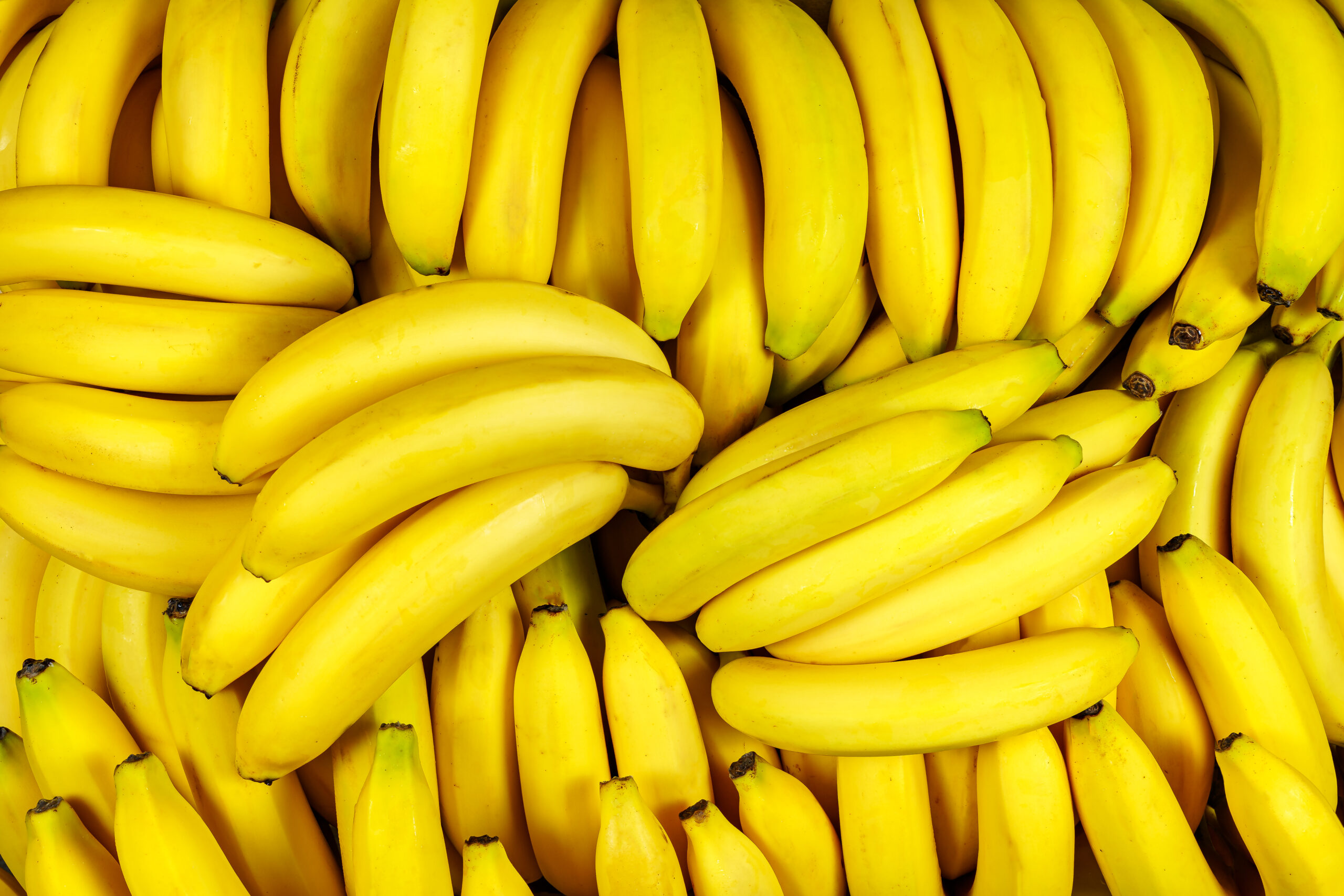
Strawberries, however, are not.
You probably knew that avocados and tomatoes are fruits. But did you know that bananas are actually berries? This is because “true” berries, according to Stanford Magazine, are fruits that stem from one flower with one ovary and several seeds. Therefore, tomatoes, kiwis, pomegranates, and bananas, fall into the category.
Food Fact #4: Honey literally never expires.
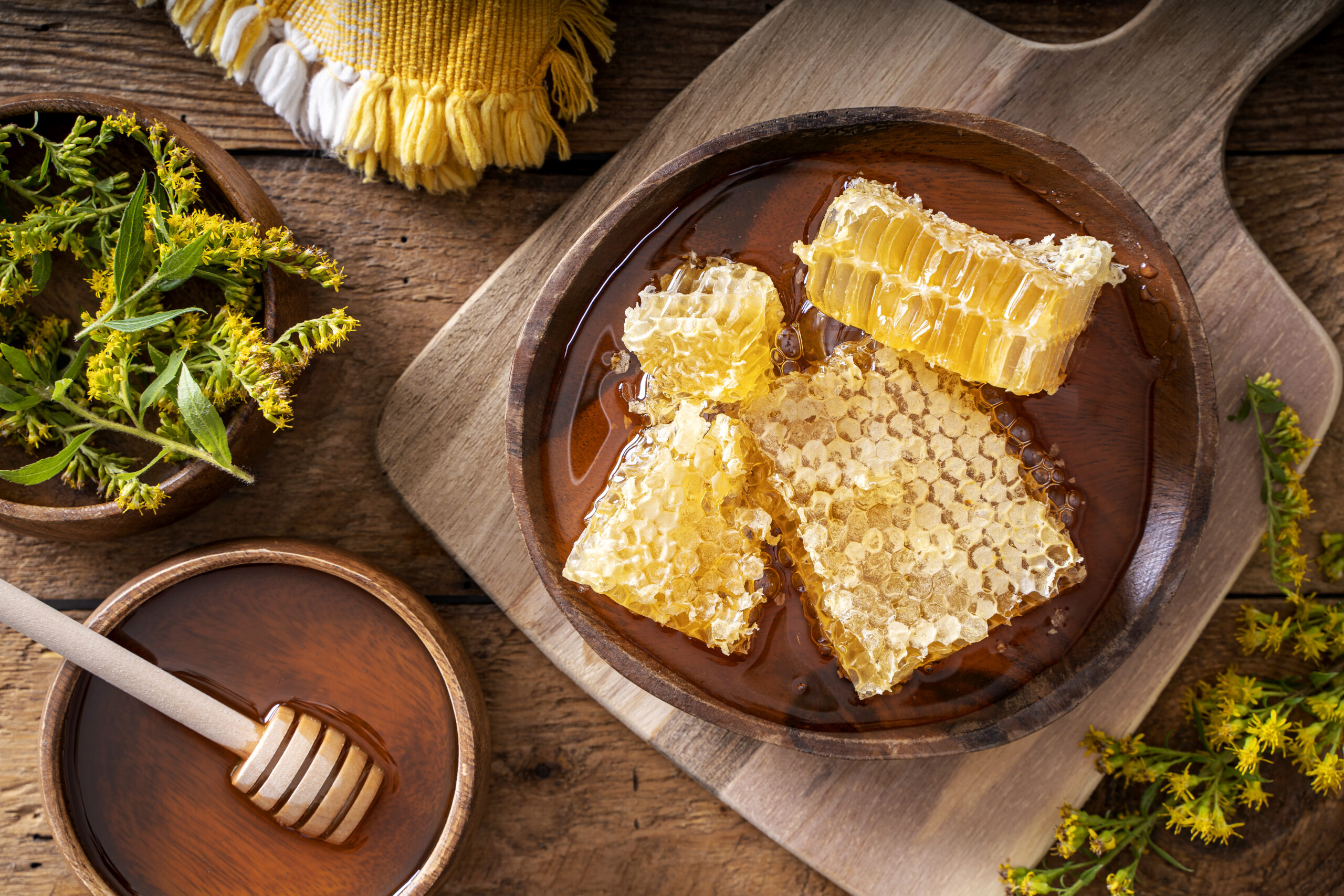
If you store it correctly, that is.
That bottle of honey in your pantry will probably outlive your grandchildren’s children. Thanks to the sticky sweet substance’s acidity, lack of water, and the apparent presence of hydrogen peroxide, this treat could last forever if you let it.
In 2015, a group of archaeologists found 3,000-year-old honey while exploring tombs in Egypt. And you know what? It was perfectly edible!
Food Fact #3: Jam is made with fruit, but jelly is made with fruit juice.
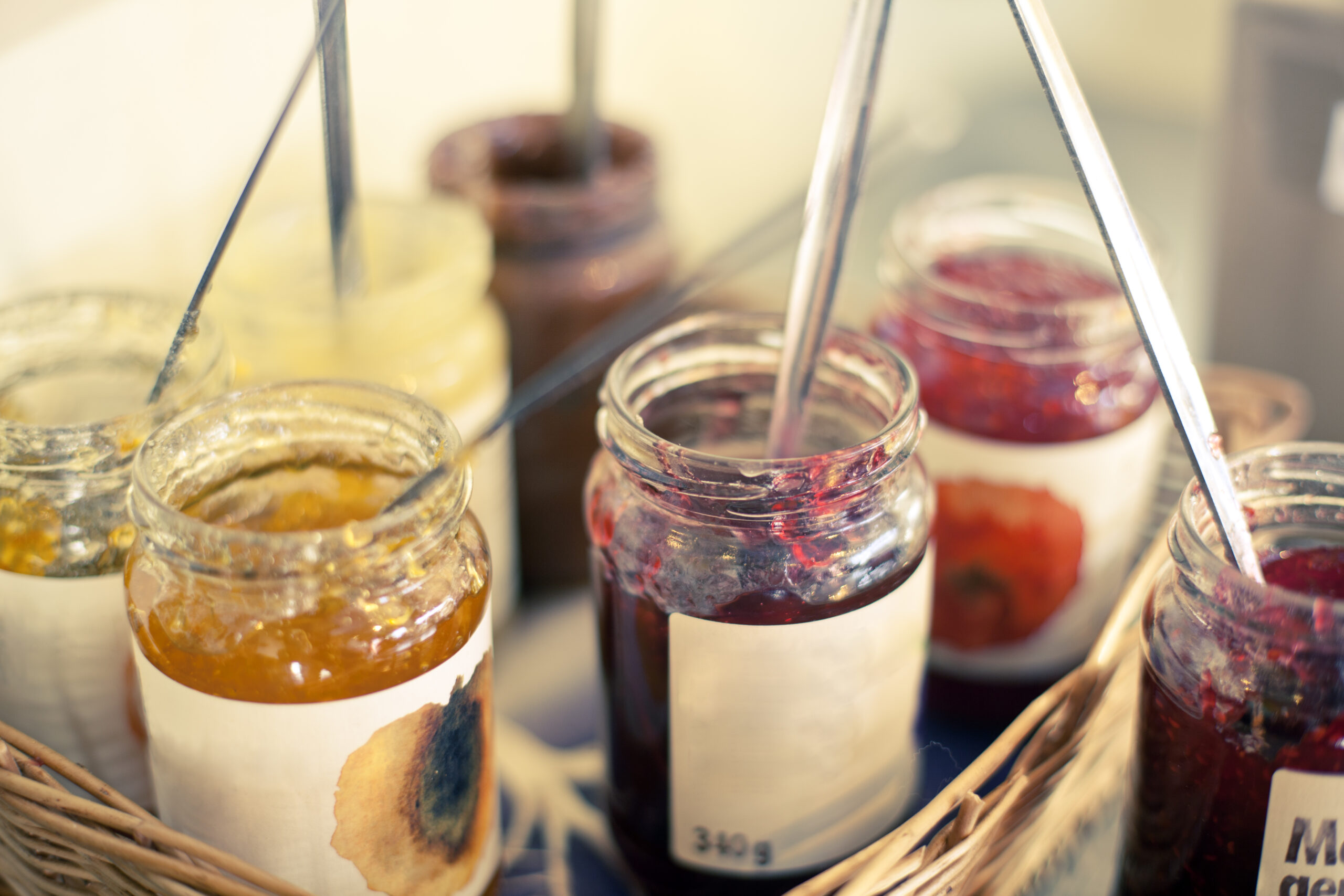
It’s all in the details.
Have you ever wondered why jam is so chunky? That thicker consistency occurs because jam is made of actual pieces of fruit, whereas jelly is made with fruit juice. The fruit is crushed, strained, and the extract is boiled with sugar and pectin. This is why we have peanut butter and jelly sandwiches; jelly is so much more spreadable.
Food Fact #2: True pound cake is made with one pound of each ingredient.
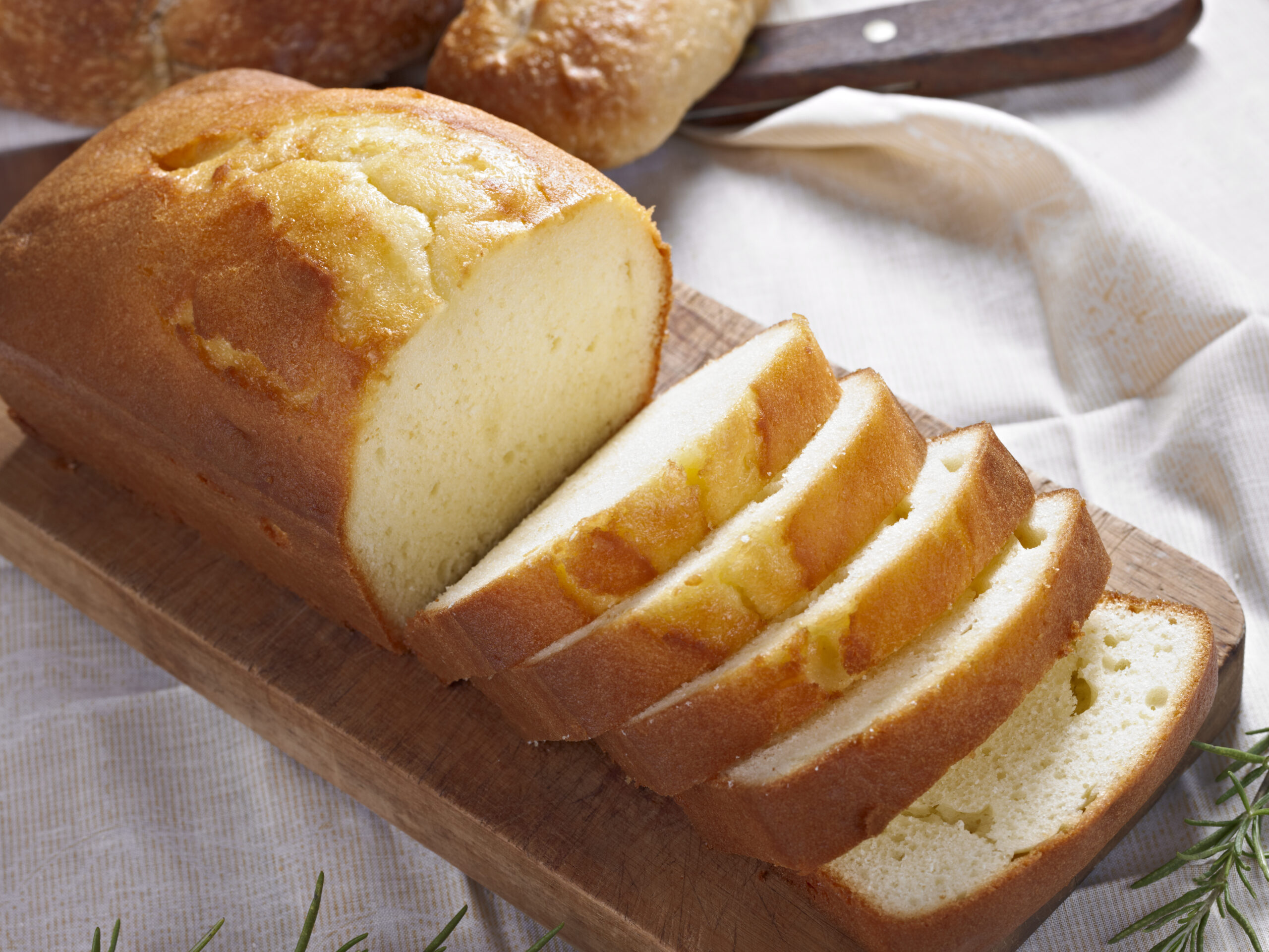
The original recipe dates back to the 1700s.
An authentic pound cake calls for one pound each of sugar, flour, butter, and eggs. Sound shocking? If you’re from the South, this recipe might not come as too much of a surprise. Didn’t everyone’s grandma have their own special take on pound cake? Interestingly enough, though, pound cake isn’t actually a southerner’s recipe. It’s a British confection dating back to the 1700s.
Food Fact #1: Vanilla flavoring comes from the anal excretions of beavers.
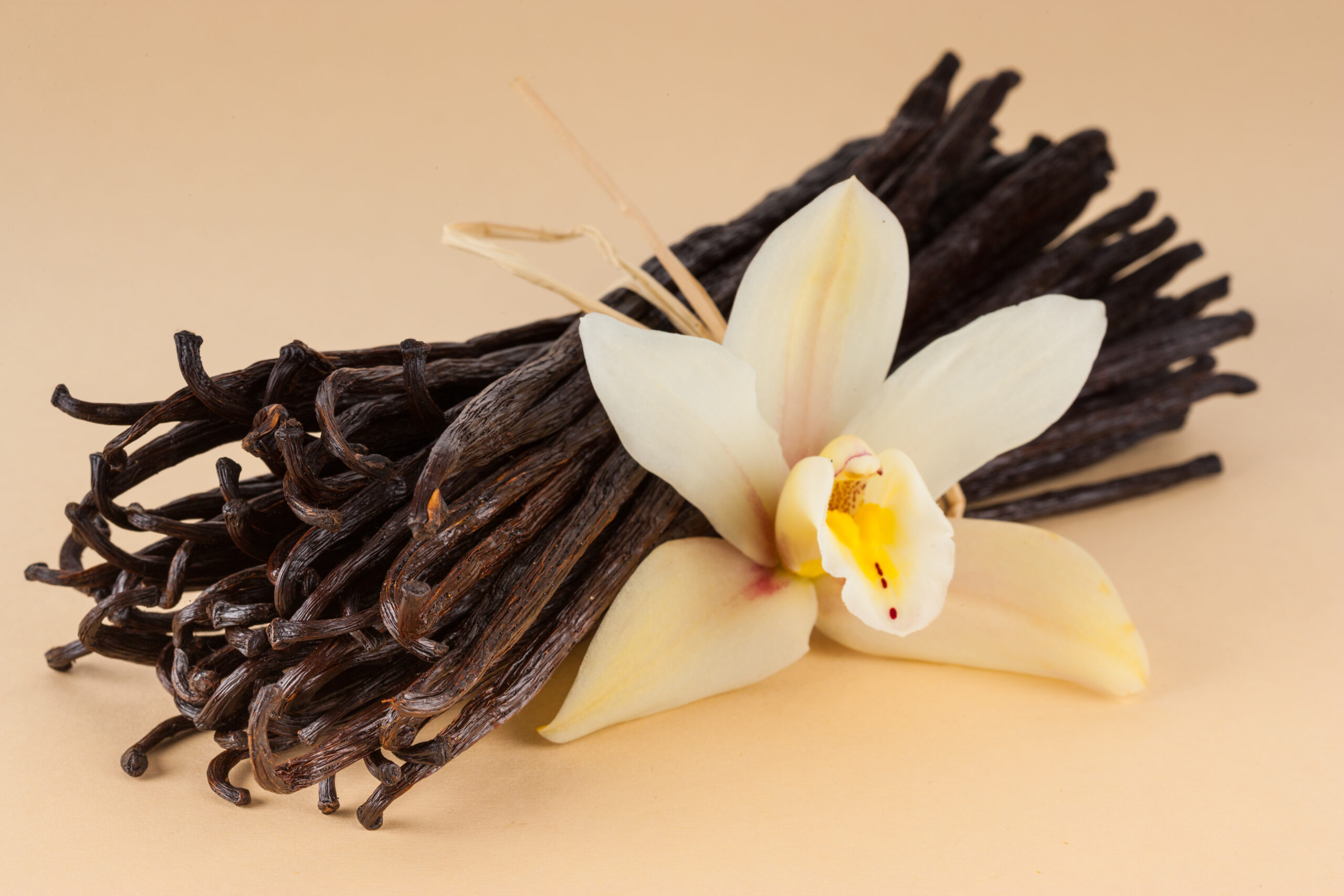
The goo is called castoreum.
We saved the best for last. According to National Geographic, the vanilla flavoring that’s used in your baked goods could come from the anal excretions of beavers. Beaver butts secrete a good-smelling and gooey substance called castoreum, which is how the animal marks its territory. But don’t worry, the United States FDA lists castoreum as a “generally regarded as safe” additive. What’s more? Manufacturers have been using the stuff in foods and perfumes for more than 80 years now.

